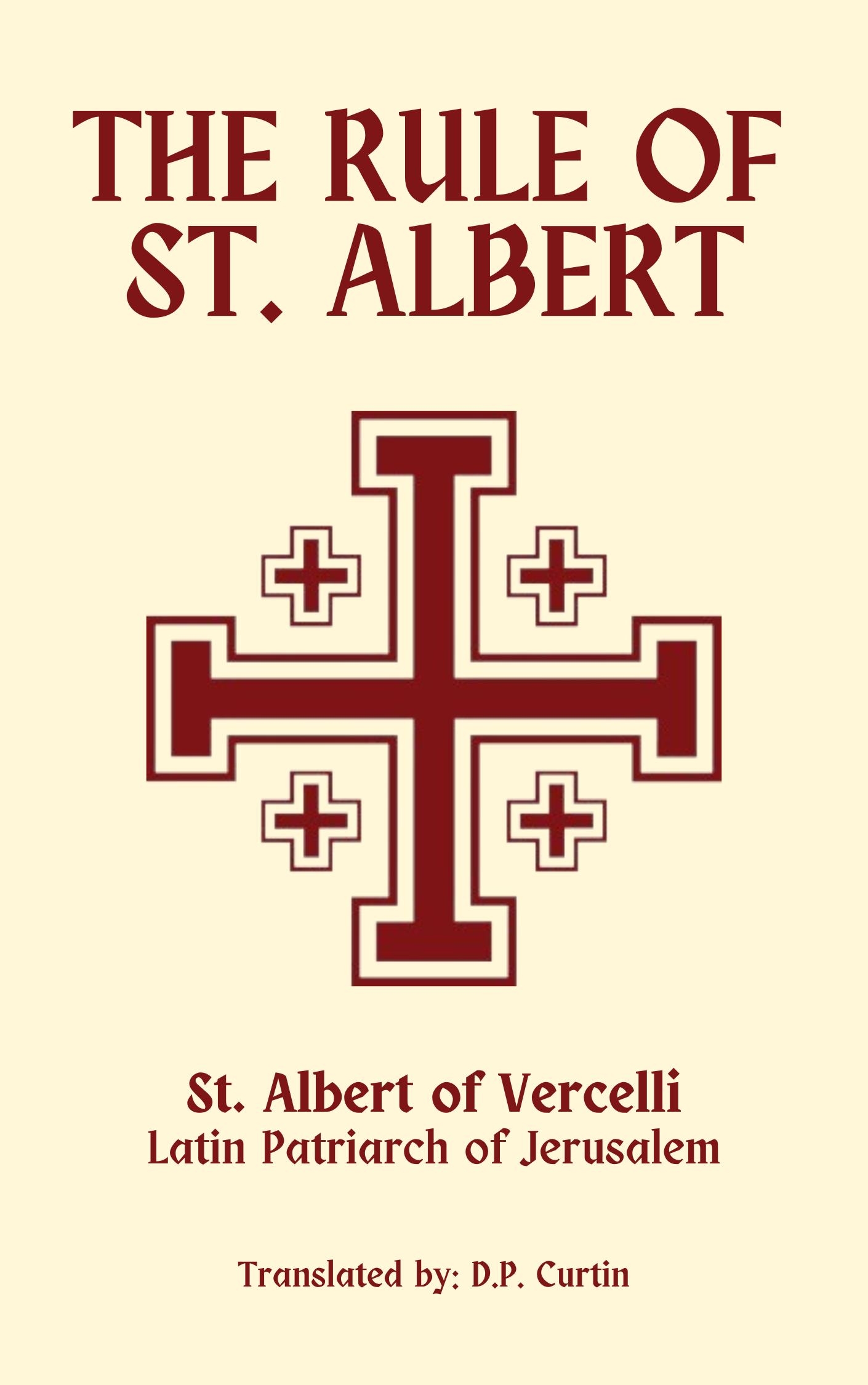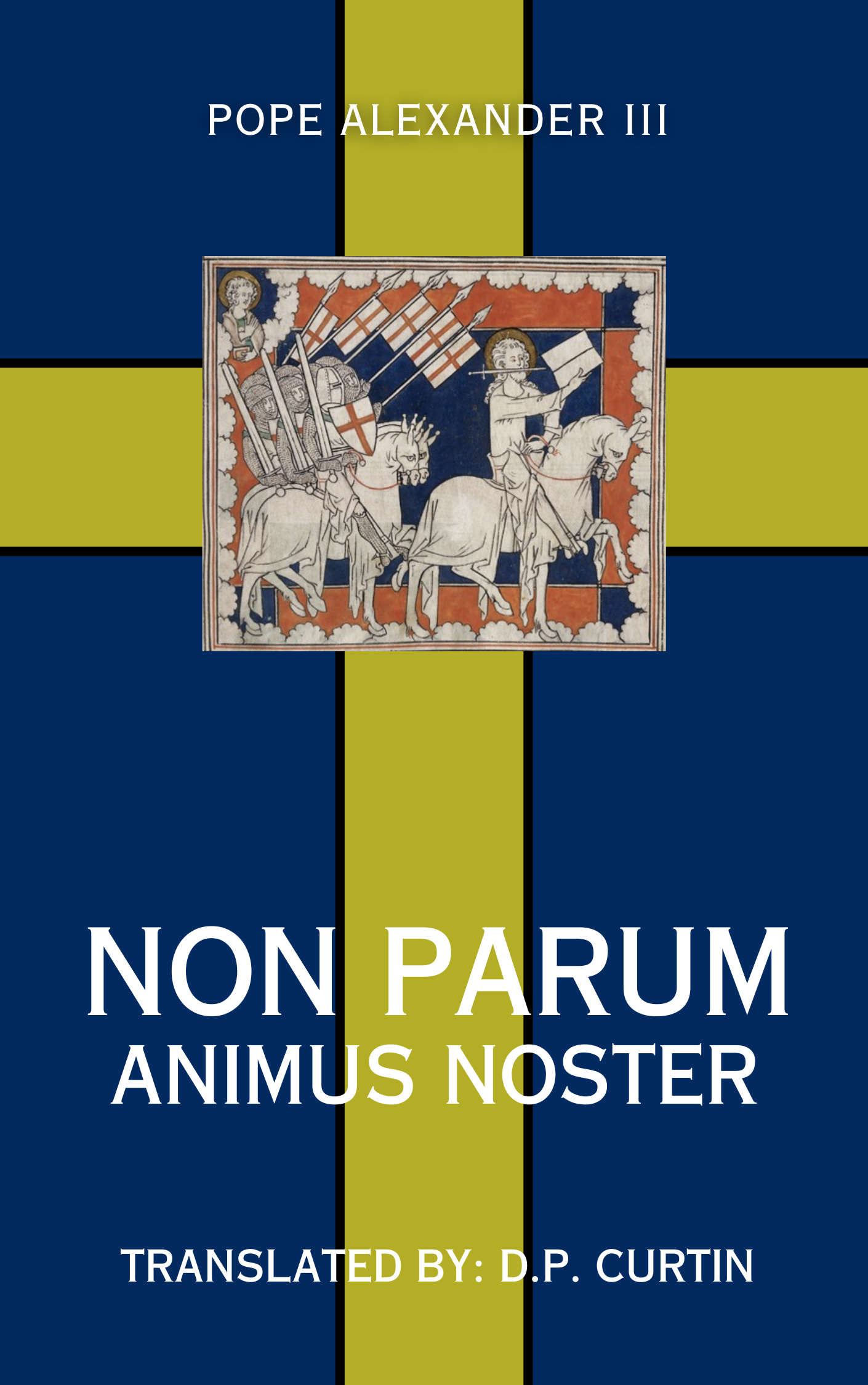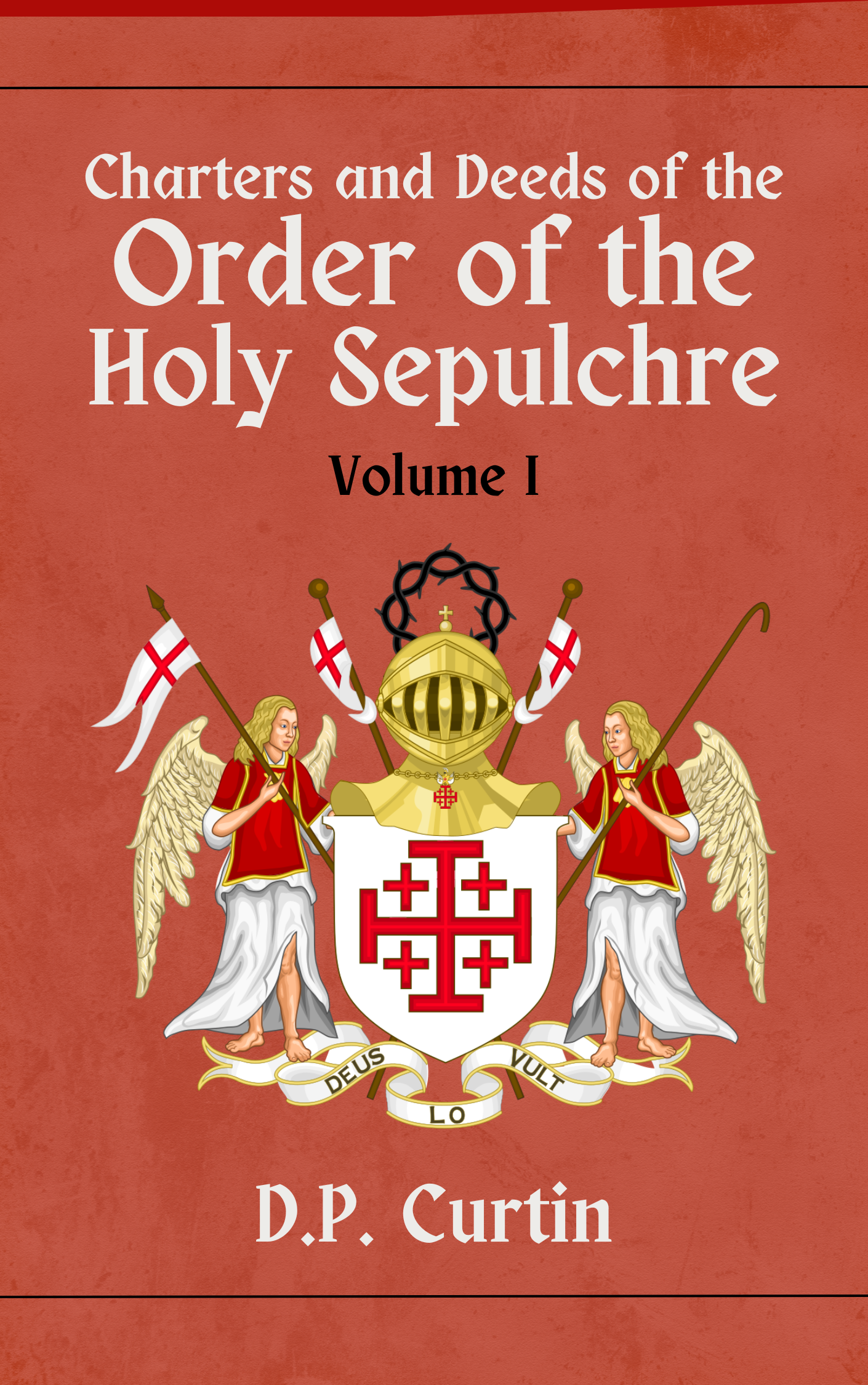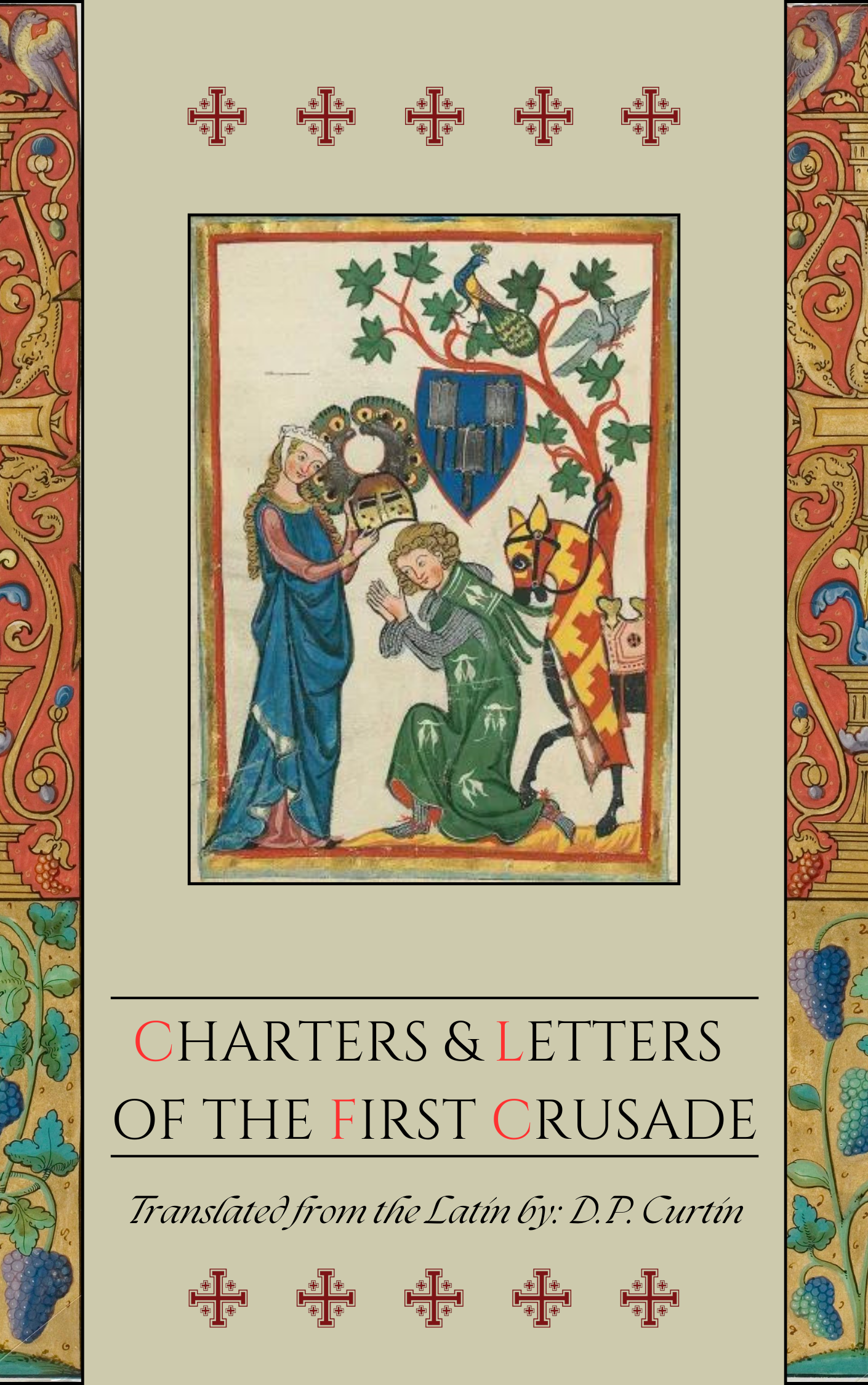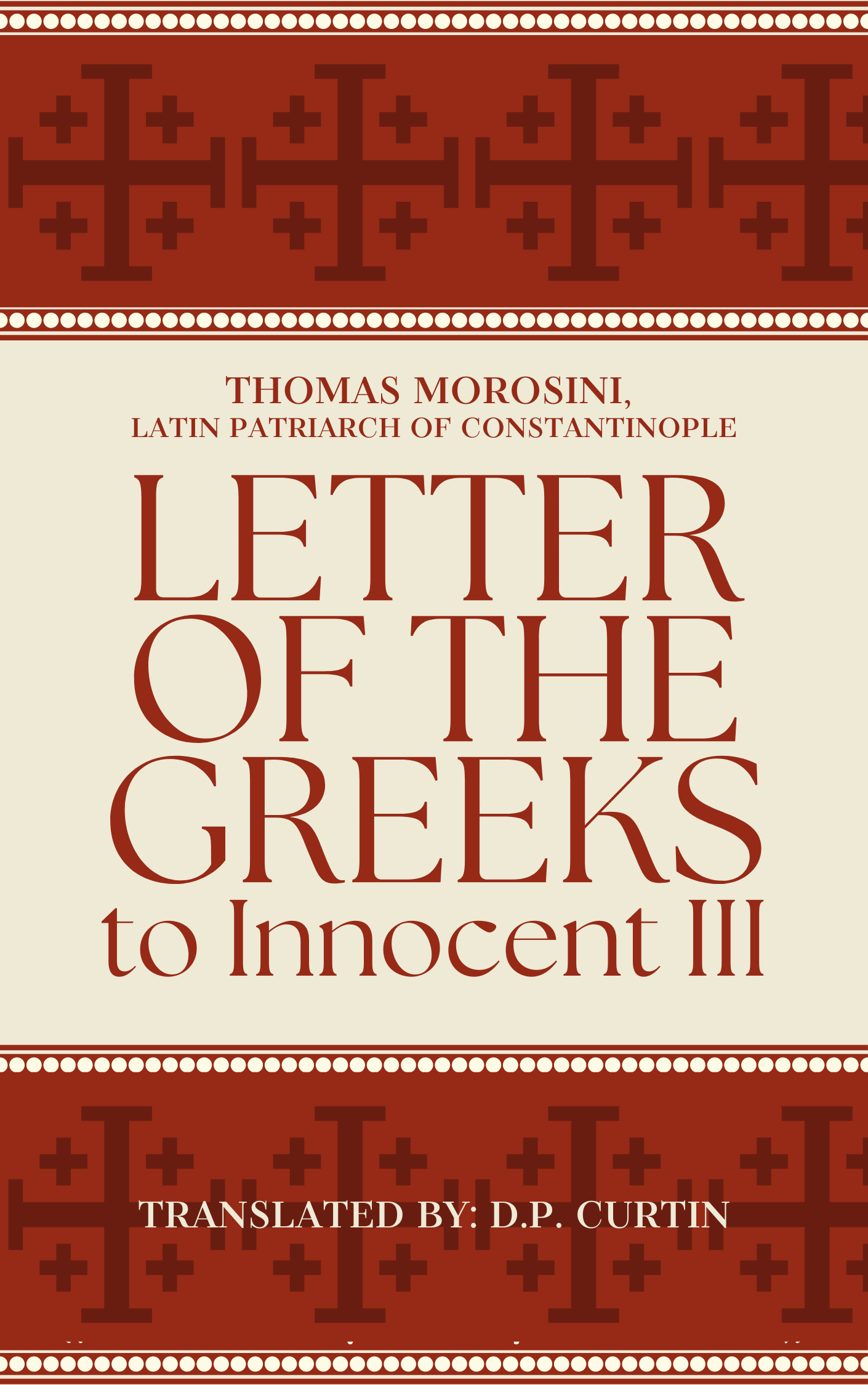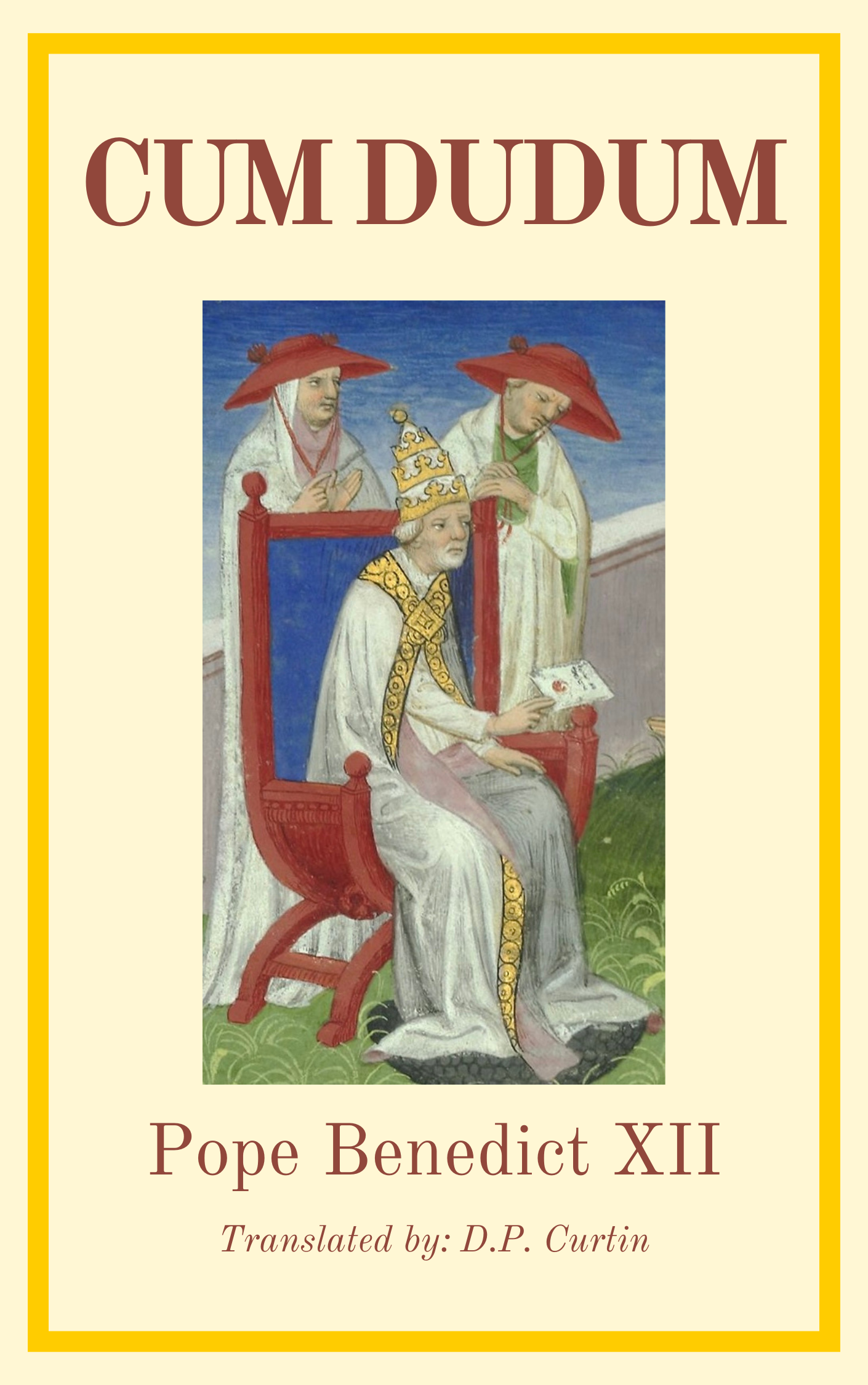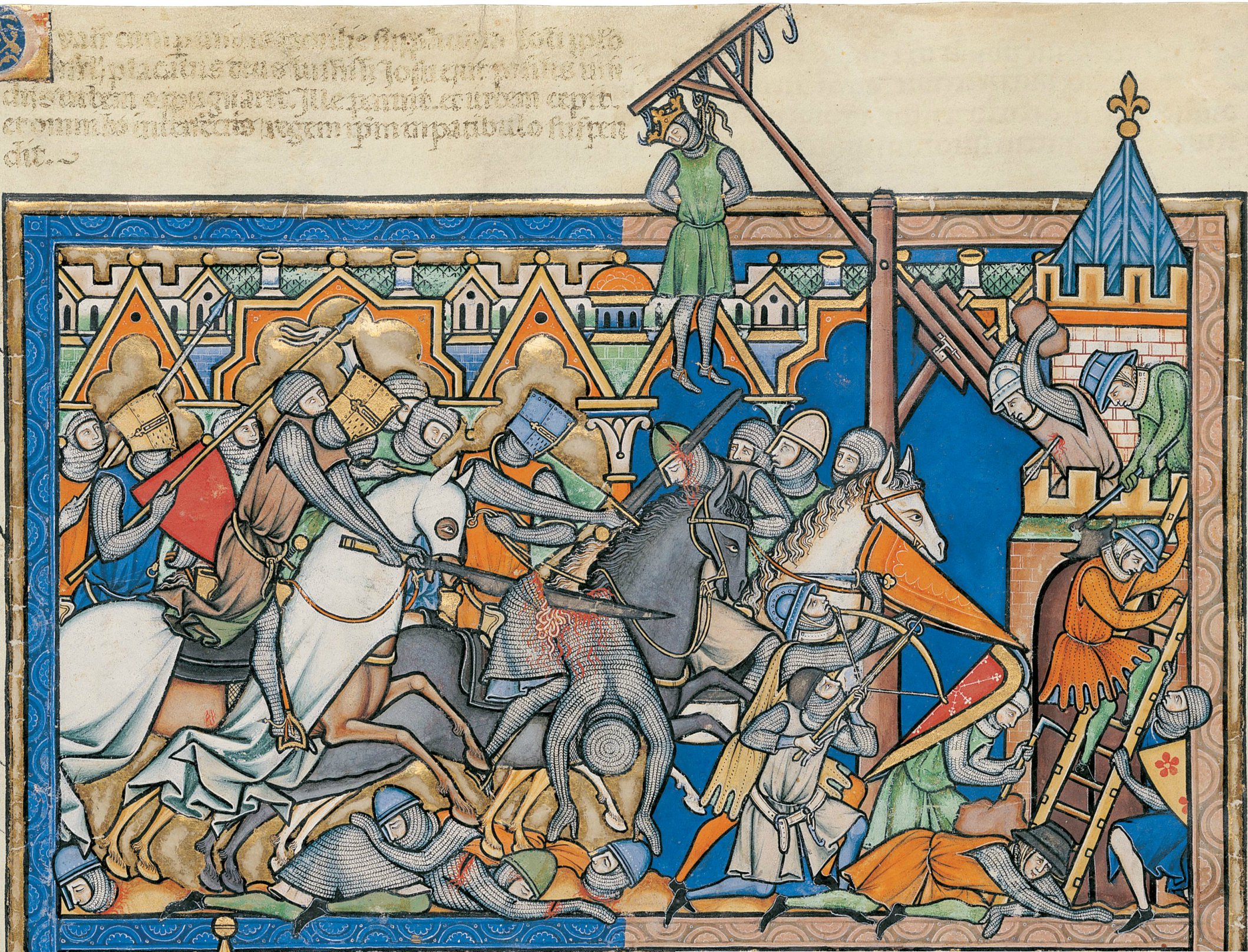
CRUSADER TEXTS COLLECTION
The period between 1099 AD, the capture of Jerusalem during the First Crusade, and 1291 AD, the fall of Acre and the end of Crusader rule in the Levant, saw the production of a rich body of Crusader texts. These writings, composed by both Latin Christians and occasionally by local observers, offer a unique window into the political, religious, and cultural dynamics of the Crusader states, also known as the Latin East. The texts serve a range of purposes—from historical chronicles and theological justifications to practical legal codes and eyewitness testimonies—and are crucial to our understanding of the Crusading movement, its impact on the medieval world, and the evolving interactions between Latin Christians, Muslims, and Eastern Christians. One of the most significant genres of Crusader texts was the chronicle, often composed by clerics or knights who participated in or closely observed the Crusades. These chronicles were not merely historical records but were shaped by religious and ideological motivations. For example, Fulcher of Chartres, a chaplain to Baldwin I of Jerusalem, authored a chronicle that covers the First Crusade and the early years of the Kingdom of Jerusalem. Written in Latin, Fulcher's work blends eyewitness detail with biblical allusions, portraying the Crusade as a divinely sanctioned mission and the newly formed kingdom as an extension of Christendom. Similarly, William of Tyre, the 12th-century archbishop and historian, composed a monumental Historia rerum in partibus transmarinis gestarum ("History of Deeds Done Beyond the Sea"). Writing in the 1170s and 1180s, William offers a more polished, classical Latin narrative and reflects the perspective of a learned, high-ranking churchman deeply involved in the political affairs of the Kingdom of Jerusalem. His chronicle is particularly valuable for its account of the internal politics of the Crusader states, the complex relations with Eastern Christians, and the gradual erosion of Latin control in the region. Legal texts also played a key role in organizing and legitimizing Crusader rule. The Assizes of Jerusalem, a compilation of feudal laws used in the Kingdom of Jerusalem, exemplify the transplantation of Western legal traditions into the Levant. These texts outline the rights and duties of nobles, vassals, and burghers, and provide insight into how Crusader society functioned in practice. Though much of the surviving material dates from the 13th century and may not fully reflect the earliest laws, it nonetheless represents a crucial effort to codify governance in an unfamiliar and often hostile environment. Eyewitness and pilgrimage accounts also form an important part of Crusader literature. The anonymous "Gesta Francorum" ("Deeds of the Franks") is one of the earliest narratives of the First Crusade, written by a participant and likely a knight. Its vivid, direct style gives readers a raw and unfiltered look at the motivations and experiences of the Crusaders. Later texts, such as the writings of Joinville, who accompanied Louis IX on the Seventh Crusade, blend memoir, moral reflection, and chivalric ideals. These writings help historians understand how Crusading ideals evolved over time—from martial pilgrimage and penance to the chivalric and courtly dimensions of the later Crusades.
While many Crusader texts promote a triumphalist or spiritualized view of the Latin Christian mission, some also reveal the anxieties, failures, and contradictions inherent in the Crusading project. The letters of Crusader kings and commanders, for example, often portray desperate circumstances and call for reinforcements or financial aid from Europe. These documents, preserved in collections such as the Recueil des historiens des croisades, show the fragility of the Crusader states and the constant tension between lofty religious goals and the harsh political realities of the Levant. Moreover, Crusader texts sometimes hint at cultural exchange and adaptation. Though often framed in antagonistic terms, some accounts acknowledge the sophistication of Muslim society and the necessity of diplomacy. For instance, the chronicles recounting encounters with Saladin during the Third Crusade depict both fierce conflict and moments of mutual respect. These interactions, though filtered through religious and cultural bias, suggest a more nuanced view of Crusader-Muslim relations than simple enmity.
